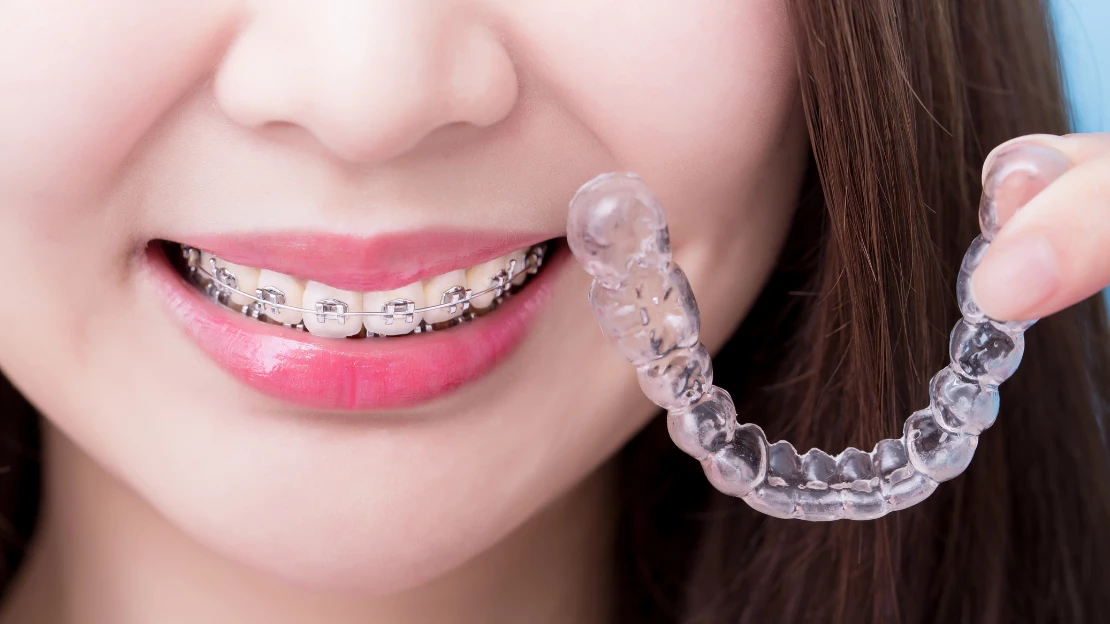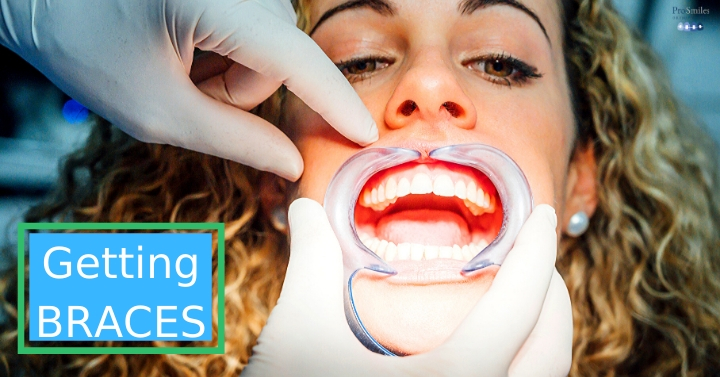What Does Legacy Orthodontics Do?
What Does Legacy Orthodontics Do?
Blog Article
All About Legacy Orthodontics
Table of ContentsThe 20-Second Trick For Legacy OrthodonticsThe Best Strategy To Use For Legacy OrthodonticsSome Known Facts About Legacy Orthodontics.Not known Factual Statements About Legacy Orthodontics Legacy Orthodontics Can Be Fun For Everyone
In addition, we provide flexible therapy routines, flexible payment choices and an enjoyable, satisfying experience.An orthodontist is a dental practitioner trained to identify, avoid, and treat teeth and jaw irregularities. They fix existing conditions and are trained to recognize issues that may establish in the future. Orthodontists collaborate with people of every ages, from kids to adults. Individuals usually associate a best smile with health.
Malocclusion, or misaligned teeth, can cause oral concerns, including dental caries, gum disease, and challenging or uncomfortable chewing. But not everyone is born with straight teeth. If you have a poor bite or big spaces between your teeth, you might intend to seek advice from a dental practitioner specializing in orthodontic care.
4 Easy Facts About Legacy Orthodontics Explained
( Picture Credit History: DigitalVision/Getty Images) Orthodontists utilize taken care of and removable dental devices, like dental braces, retainers, and bands, to change the position of teeth in your mouth. Orthodontic therapy is for oral irregularities, including: Jagged teethBite problems, like an overbite or an underbiteCrowded teeth or teeth that are also far apartJaw misalignmentThe objective of orthodontic treatment is to enhance your bite.
A healthy and balanced bite ensures you can consume, chew, and speak appropriately. While you may assume of orthodontists as mainly for children or teens that require dental braces, they can fix dental troubles at any kind of age. Orthodontists attend university, oral school, and orthodontic school. After college graduation, they invest 2 or 3 years in an orthodontic residency program.
All orthodontists are dental practitioners, but not all dental practitioners are orthodontists. Orthodontic residency programs provide extensive, concentrated instruction for oral experts. They focus on two locations: Just how to correctly and securely relocate teeth Just how to properly direct growth in the teeth, jaw, and faceOnce an orthodontist has finished training, they have the alternative to become board licensed.
Legacy Orthodontics Fundamentals Explained
Malocclusion leads to tooth overcrowding, an irregular jaw, or uneven bite patterns. Malocclusion is normally treated with: Your orthodontist attaches steel, ceramic, or plastic square bonds to your teeth.
Some individuals need a headgear to assist move teeth right into line with stress from outside the mouth. A retainer is a custom tool that maintains your teeth in location.
They're usually made use of on children. They can produce added room in the mouth without needing to draw teeth. If you have a severe underbite or overbite, you may need orthognathic surgery (also called orthodontic surgical procedure) to extend or shorten your jaw. Orthodontists use cords, surgical screws, or plates to support your jaw bone.
You might need to see an orthodontist if you have: Crowding or otherwise enough area for every one of your teethOverbite, when your upper teeth come over your bottom teethUnderbite, when your bottom teeth are also much forwardSpacing or concerns with gapsCrossbite, which is when your upper teeth fit behind your base teeth when your mouth is closedOpen bite or a vertical gap between your front base and top teethMisplaced midline, when the facility of your base and upper teeth don't align Dealing with an oral malocclusion can: Make attacking, eating, and talking easierImprove the symmetry of our face and your overall appearanceEase pain from temporomandibular joint disordersSeparate your teeth and make them simpler to cleanse, helping protect against tooth decay or cavities It's frequently a dental expert that initially notifications misaligned teeth during a routine exam.
The Main Principles Of Legacy Orthodontics

Throughout your initial orthodontic examination, you'll likely have: An oral examPhotos taken of your face and smileDental X-raysPanoramic (360 degree) X-rays of your face and headImpressions to develop mold and mildews of your teethThese tests will certainly help your orthodontist know exactly how to continue with your treatment. leesburg clear braces. An orthodontist is a dental expert who's had training to treat your teeth and jaw
An orthodontist is concentrated on your bite, so something like a chipped tooth would certainly be handled by a dental practitioner. Orthodontists are focused on your bite, or the way your teeth fit together, and the straightness of your teeth.
Ever questioned how celebrities always appear to have flawlessly aligned teeth? Orthodontists are dental professionals that concentrate on fixing irregularities in the teeth and jaws.
Fascination About Legacy Orthodontics

, orthodontists have a go to my blog varied toolkit at their disposal. These tried-and-true dental braces use a system of brackets bound to the teeth and connected by cables.
These removable trays are tailor-made to gradually shift the teeth's placement. In cases of narrow jaws, palatal expanders can be utilized to produce area for appropriate tooth alignment.
Report this page